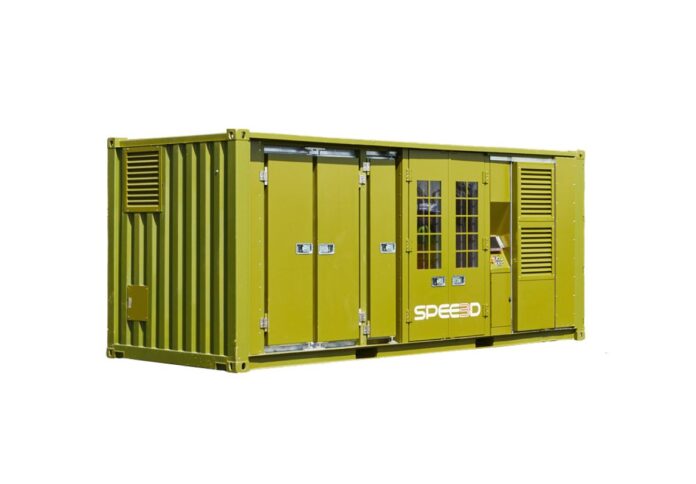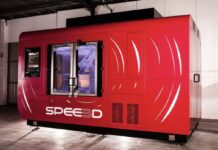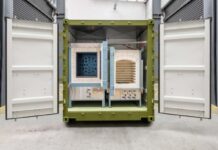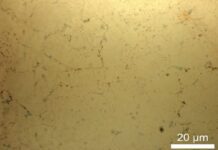
Victoria-based additive manufacturing company SPEE3D announced that the US Navy has chosen its metal cold spray additive manufacturing (CSAM) technology to develop materials as part of a Naval Sea Systems Command (NAVSEA) project.
In a press release, SPEE3D revealed the initiative is related to Expeditionary Maintenance and Sustainment that achieve Submarine Safety Program (SUBSAFE) quality standards.
The Australian additive manufacturer was subcontracted through the Applied Research Laboratory of Pennsylvania State University (ARL/PSU), a key NAVSEA partner in the development and transfer of cold spray technology.
For the first time, a cold spray additive manufacturing technology will be studied as a manufacturing method for SUBSAFE-compliant applications as part of the collaboration, the company said.
Under the deal, the US Navy, ARL/PSU, and SPEE3D will collaborate to create an entirely new way for rapidly manufacturing existing parts for use in key submarine systems.
With the capabilities of SPEE3D, submarine parts might be created in hours rather than months, using a proven technology that has been thoroughly tested by the US, UK, and Australian forces.
SPEE3D is also platform-independent and can manufacture metals such as aluminium 6061, aluminium bronze, and copper.
Steven Camilleri, co-founder and CTO at SPEE3D, expressed his delight to be chosen and trusted by the US Navy to take part in the groundbreaking project.
“We have worked successfully with the US Navy in the past and understand the unique challenges they face with the need for manufacturing capabilities that are fast, reliable, and easily deployable,” Camilleri noted.
SUBSAFE is a US Navy quality assurance program designed to ensure the safety of its submarine fleet.
To guarantee that the materials used in their assembly and the techniques of assembly, maintenance, and testing are correct, all work done and materials used on such systems are strictly regulated.
The US Navy and ARL/PSU are also investigating SPEE3D’s CSAM technology to determine if it meets the rigorous engineering, quality, and safety requirements with the benefit of rapid part production.

















